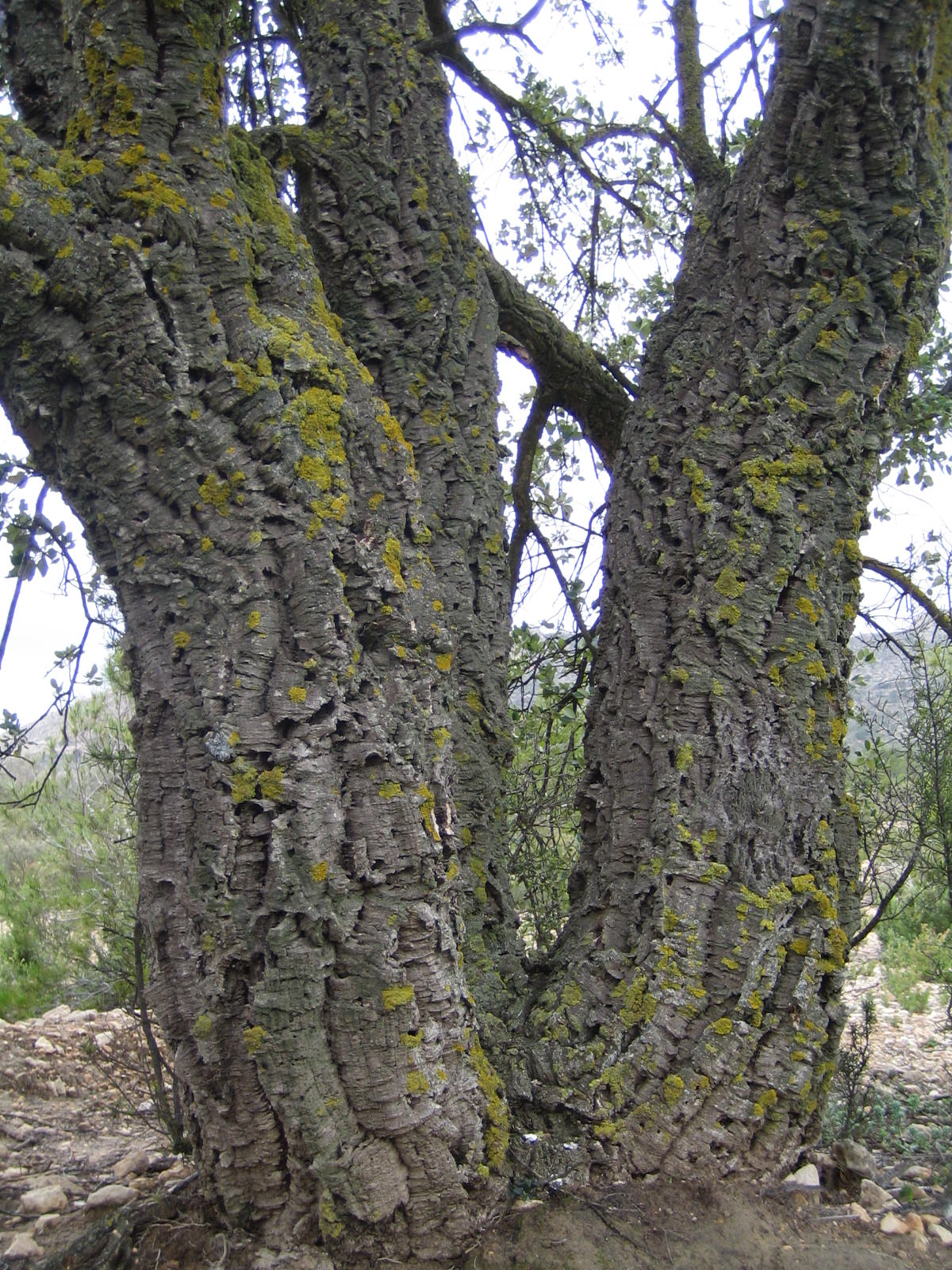
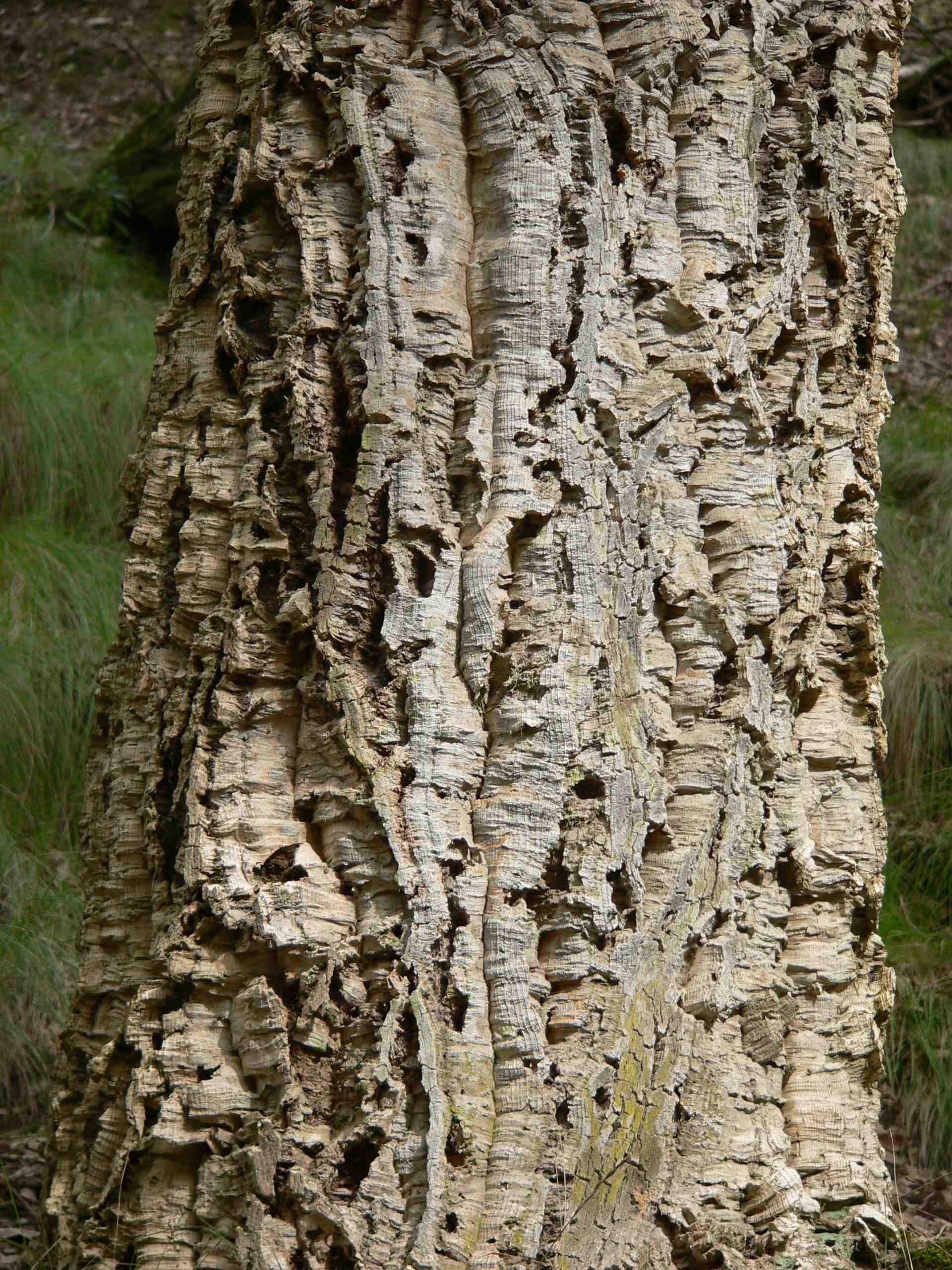
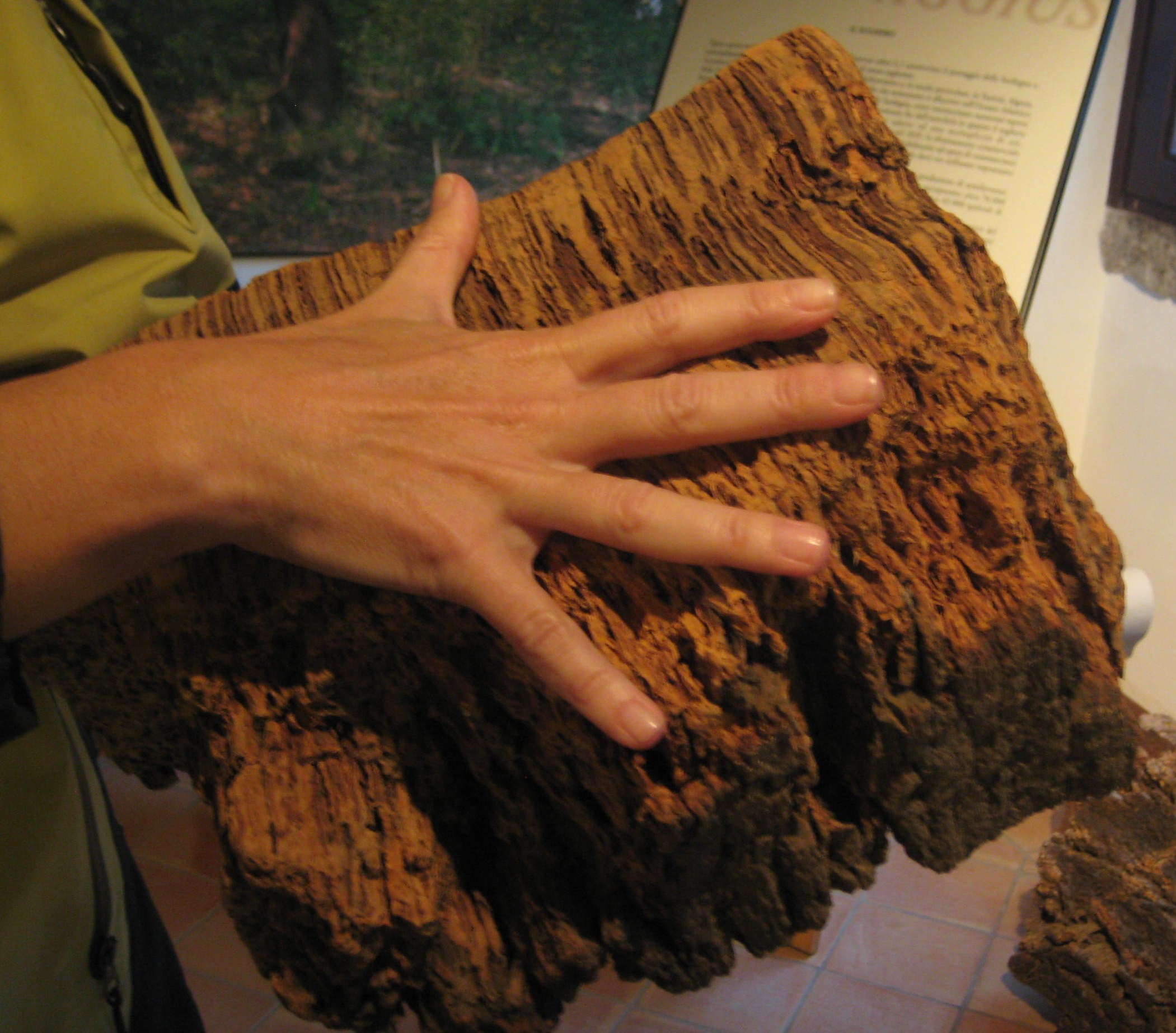
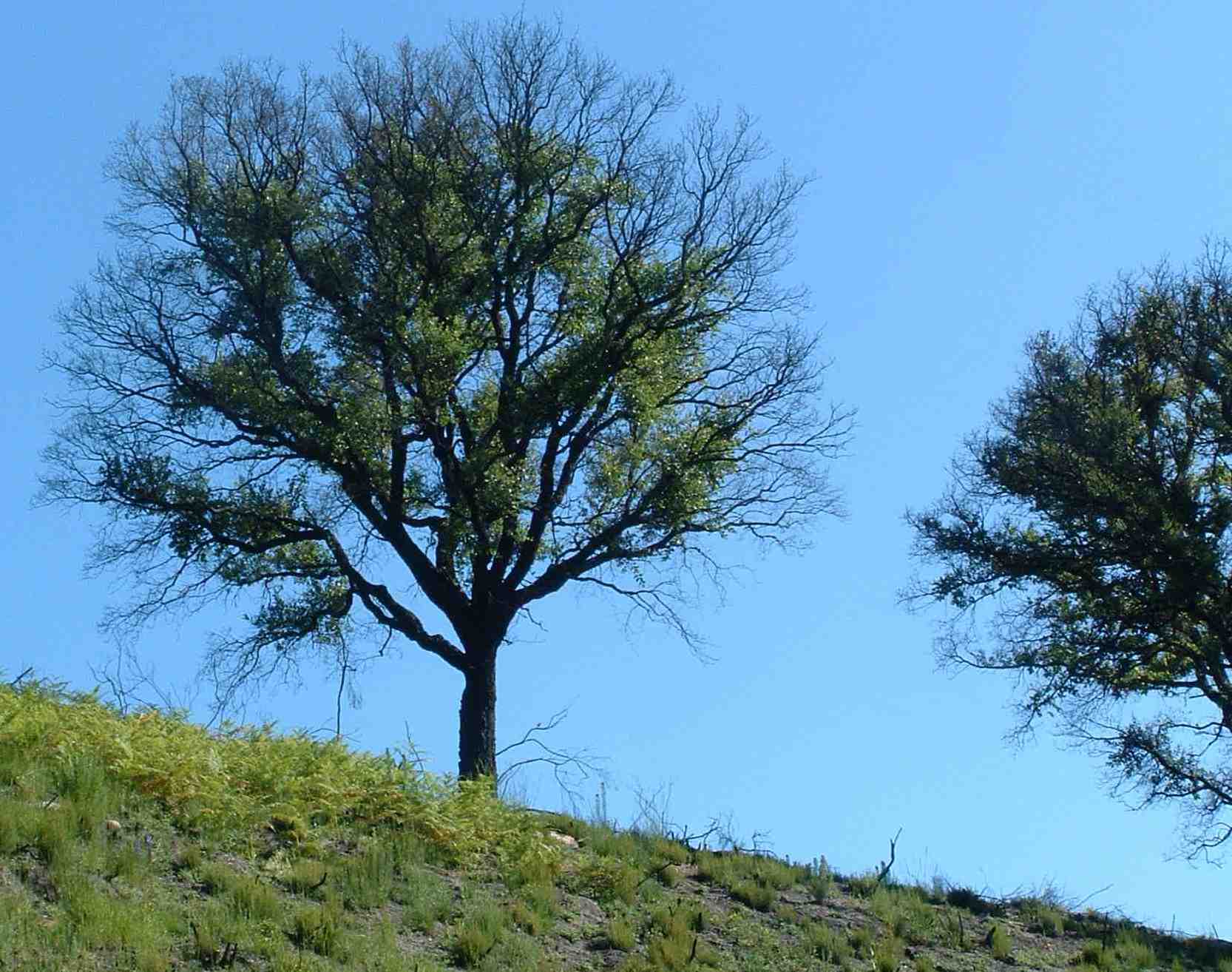
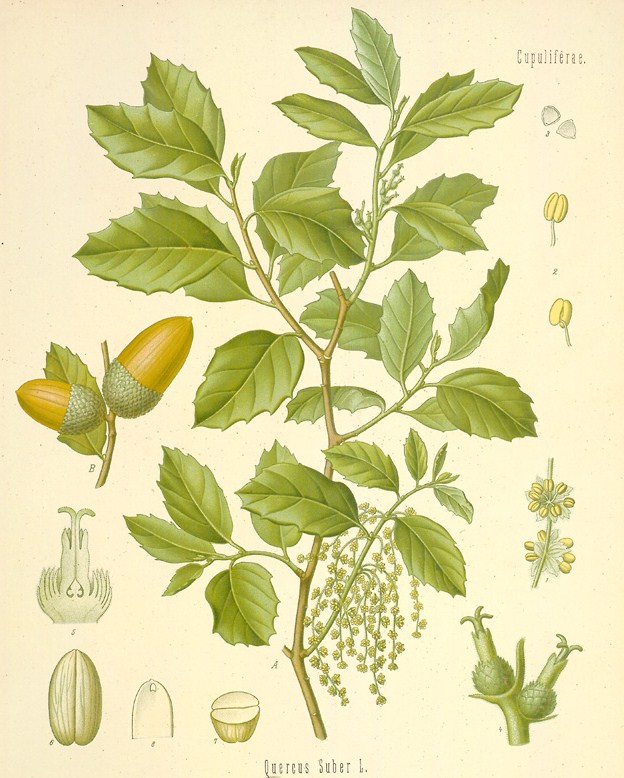
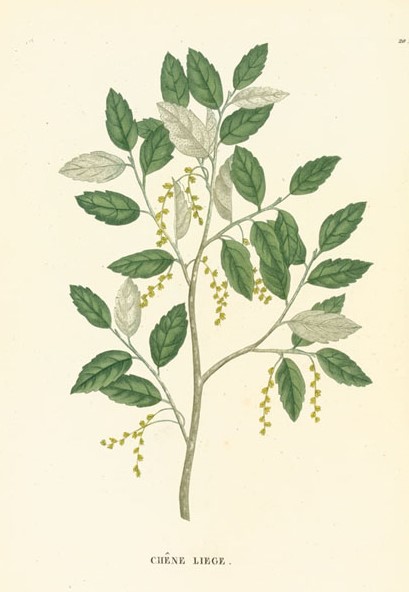
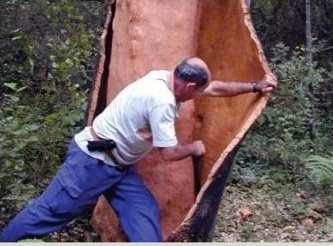
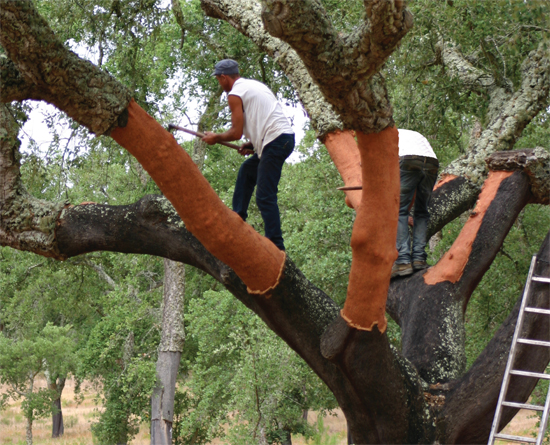
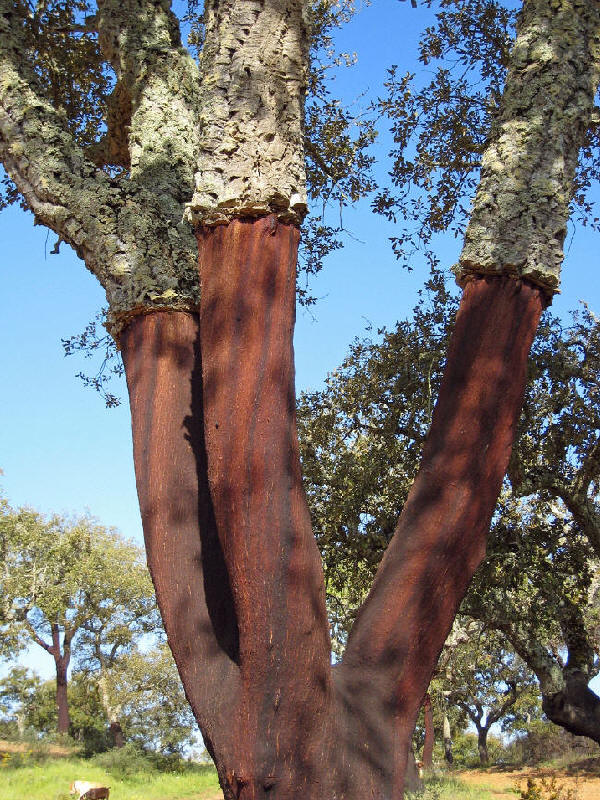 [More images]
[More images]
Species: Quercus suber
Family: Fagaceae
Common names: Cork oak; Alcornoque (Spanish); Suro, alzina surera (Catalan); Chêne-liège (French)
Brief description: evergreen sclerophyllous tree. Short-lived foliage (ca. 1 year). It has a very tick corky bark that if it is not debarked (most trees are debarked for cork production), it may attain more that 20 cm (example). It produce both annual and biennial acorns (Pons & Pausas 2012).
Distribution: Western Mediterranean. Portugal, Spain, France (south), Italy, Morocco, Algeria, Tunisia
Habitat: Growth on non-carbonated soils such as acidic soils on granite, schist, or sandy substrates, but does sometimes occur in limestone-derived soils, or in neutral soils overlying dolomitic bedrocks. Most stands are located in areas below 800 m altitude (low winter temperatures appears to set the geographical distribution limits, both in altitude and in continentality) and in areas with annual precipitation above 600 mm. Form pure forests, other times are mixed with pines (P. pinea, P. pinaster), and is one of the trees in the dehesas agrosystems.
Regeneration: Good post-fire resprouter from stem buds (protected by the thick and insulating bark, the cork; Pausas 1997) and from lignotuber (Molinas & Verdaguer 1993). Cork extraction increase the tree susceptibility to fire. Acorns are dispersed by the European jay (at long distances) and by rodents (at short distances) (Pons & Pausas 2007).
Uses and overuses: The bark (cork) is extracted every 9 to 12 years (depending of the site quality). It is one of the trees often occurring in dehesa (= montado) agrosystems; in such conditions, grazing or ploughing makes the regeneration of the tree very difficulties.
Status: Many population under the dehesa system are declining because the system does not allow for regeneration (overgrazing, ploughing).
Publications
- Pons, J. and Pausas, J.G. 2012.
The coexistence of acorns with different maturation patterns explains acorn production variability in Cork oak.
Oecologia 169: 723-731.
[doi |
pdf]
- Catry F., Moreira F., Pausas J.G., Fernandes P.M., Rego F., Cardillo E. & Curt T. 2012.
Cork Oak vulnerability to fire: the role of bark harvesting, tree characteristics and abiotic factors.
PLoS ONE 7(6): e39810.
[doi |
pdf |
- Coca M. & Pausas J.G. 2012.
Scale-dependent segregation of seeders and resprouters in cork oak (Quercus suber) forests.
Oecologia 168: 503-510.
[doi |
pdf]
- Catry F., Moreira F., Cardillo E. & Pausas J.G. 2012.
Post-fire management of cork oak forests.
In: Moreira, F.; Arianoutsou, M.; Corona, P.; De las Heras, J. (Eds.).
Post-fire management and restoration of southern European forests. pp. 195-222.
Springer.
[doi |
pdf]
[the book]
- Bugalho M.N., Caldeira M.C., Pereira J.S., Aronson J., & Pausas J.G. 2011.
Mediterranean Cork oak savannas require human use to sustain biodiversity and ecosystem services.
Frontiers in Ecology and the Environment 9: 278-286.
[doi]
[pdf]
[blog]
[Featured on the cover: pdf, foto]
[Podcast
 12:12m] 12:12m]
|
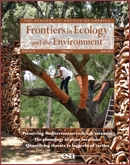
|
- Coca M. & Pausas J.G. 2009.
Regeneration traits are structuring phylogenetic diversity in cork oak (Quercus suber) woodlands.
Journal of Vegetation Science 20: 1009-1015.
[Wiley]
[doi]
[pdf]
- Aronson J., Pereira J.S., Pausas J.G. (eds). 2009.
Cork Oak Woodlands on the Edge: conservation, adaptive management, and restoration.
Island Press, Washington DC. 315 pp.
[The book]
- Pausas J.G., Pereira J.S., and Aronson J. 2009.
Chapter 1. The tree.
In: Aronson et al. (eds). pp. 11-21.
[preprint]
- Serrasolses I., M. PÚrez-Devesa, A. Vilagrosa, J.G. Pausas, T. Sauras, J. Cortina and R. Vallejo 2009.
Chapter 8. Soil properties constraining cork oak distribution.
In: Aronson et al. (eds). pp. 89-99.
[preprint]
- Pausas J.G., Mara˝ˇn T., Caldeira M and Pons J. 2009.
Chapter 10. Natural regeneration.
In: Aronson et al. (eds). pp. 115-124.
[preprint]
- Vallejo R., J. Aronson, J.G. Pausas and J.S. Pereira. 2009.
Chapter 20. The way forward.
In: Aronson et al. (eds). pp. 235-245.
[preprint]
|

|
- Pons J. & Pausas JG. 2008.
Modelling jay (Garrulus glandarius) abundance and distribution for oak regeneration assessment in Mediterranean landscapes.
Forest Ecology and Management 256: 578-584.
[pdf]
[doi]
[scribd]
- Pons J. & Pausas J.G. 2007.
Acorn dispersal estimated by radio-tracking.
Oecologia 153: 903-911
[pdf]
[doi]
[springer]
[PubMed]
[Faculty1000evaluation]
- Pons J. & Pausas J.G. 2007. Rodent acorn selection in a Mediterranean oak landscape. Ecological Research 22: 535-541.
[pdf]
[doi]
[springer]
- Pons J. & Pausas J.G. 2007. Not only size matters: acorn selection by the European jay (Garrulus glandarius). Acta Oecologica 31: 353-360.
[pdf]
[doi]
- Pausas J.G. 2007.
Cork Oak (Quercus suber): The Roles of its Bark.
ECOLOGY.INFO 34
[link]
- Pausas J.G., Ribeiro E., Dias S.G., Pons J. & Beseler C. 2006. Regeneration of a marginal Cork oak (Quercus suber) forest in the eastern Iberian Peninsula. Journal of Vegetation Science 17: 729-738.
[pdf |
doi |
wiley |
BioOne |
scribd]
- Pons J. & Pausas J.G. 2006. Oak regeneration in heterogeneous landscapes: the case of fragmented Quercus suber forests in the eastern Iberian Peninsula. Forest Ecology & Management 231: 196-204
[pdf]
[doi]
- Pausas, J.G., Pons, J. & Vallejo, R., 2004. Cork Oak Restoration: developing techniques to enhance establishment of a threatened ecosystem (Spain). Ecological Restoration 22 (4):289-290.
[pdf]
- Pausas, J.G. 1997. Resprouting of Quercus suber in NE Spain after fire. J. Veg. Sci. 8: 703-706.
[doi]
[pdf]
[scribd]
 12:12m]
12:12m]










